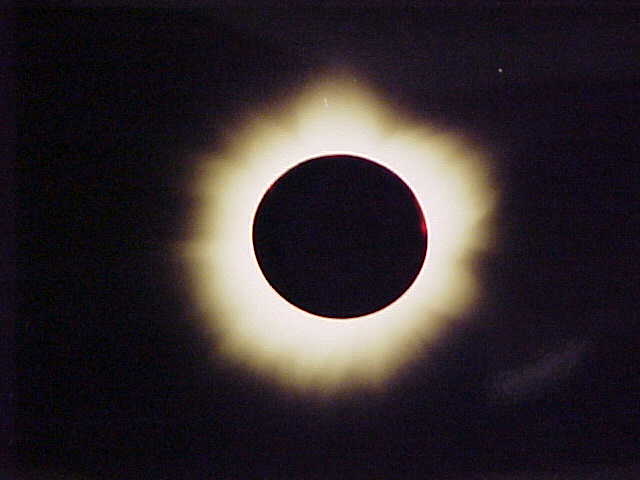
I have crossed the Atlantic Ocean before, but this is my first time crossing it the long way. I went to Lusaka, the capital of Zambia to see the 2001 June 21 total solar eclipse.
When I arrived, I was greeted by Professor Chikunji, Chairman of the Mathematics and Statistics Department of the University of Zambia (UNZA). He and his department found some time to talk to me for a day.
While Lusaka is a sprawling city of two million people, the business and commercial center is Cairo Street, not far away from this mosque.
I stayed about 10 Km away from Lusaka
in my own
chalet
in the
Eureka Camping Park.
I had hot and cold running water
and a warm bed with a mosquito net.
The chalet had no heat,
not a problem most of the time,
but June 21 is the first day of Winter
and morning temperatures were 8 C. (45 F.)
so rolling out of bed in the morning was nippy.
My
morning run
greeted the
African dawn
in the maize fields.
(Maize is what Americans usually call corn.)
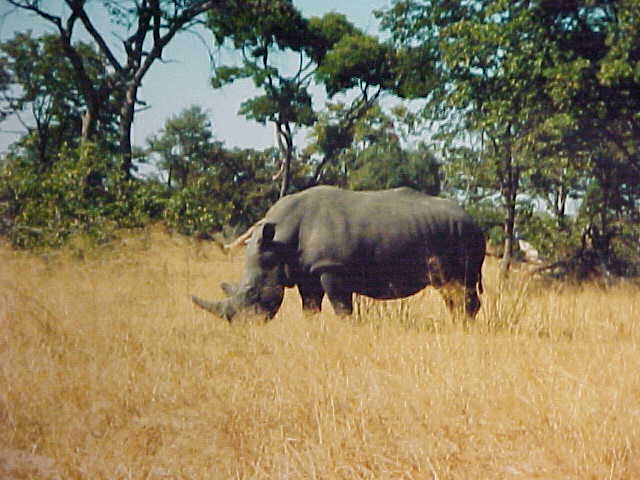
Once I realized that I wasn't going to be able to stay overnight at any of the national parks, and once I realized that I wasn't going to be able to make a day trip to any of the parks, I decided to use the train as my hotel and take an overnight train to Livingstone, 400 Km (240 miles) and seventeen hours away. We passed towns and villages and the train stopped for about an hour at each one.
When I got to Livingstone I went to Mosi-O-Tunya National Park where I saw zebras, giraffes, antelopes, and a rhinoceros in their wild habitat. I also saw a huge termite mound. Because it is a moist environment, Livingstone has monkeys living there.
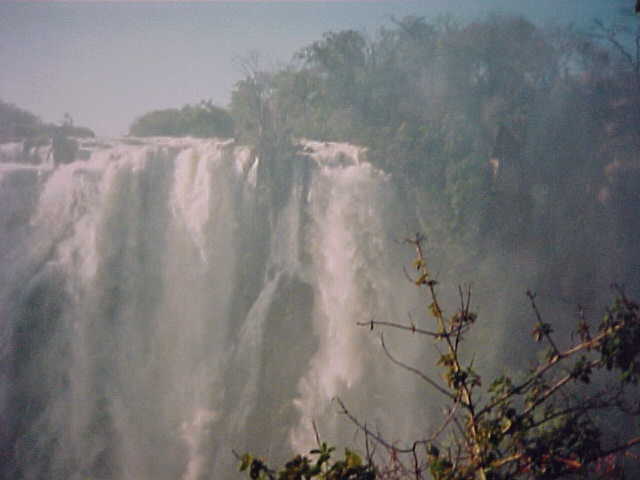 The local language name for
the Victoria Falls
is Mosi-O-Tunya,
the smoke that thunders.
This is Niagara Falls on steroids, a wall of
water
1700 meters (a mile) wide and 100 meters (300 feet) high
Tourists see the falls by crossing the scary
Knife Edge Bridge.
I was too wet to be scared.
We could see the
bridge
from Zambia to Zimbabwe in the distance.
The local language name for
the Victoria Falls
is Mosi-O-Tunya,
the smoke that thunders.
This is Niagara Falls on steroids, a wall of
water
1700 meters (a mile) wide and 100 meters (300 feet) high
Tourists see the falls by crossing the scary
Knife Edge Bridge.
I was too wet to be scared.
We could see the
bridge
from Zambia to Zimbabwe in the distance.
Well, what about the solar eclipse? What did it look like? Well, the weather was spectacular and this was the first time I have seen the light and dark "shadow bands" moving on the ground just before total darkness. At the end of the total eclipse period, the first spot of sun peeks around the moon while the corona is still visible. We call this the diamond ring effect and one must remember to look away before the sun gets to its full brightness.
After a week in Lusaka,
my travels took me to South Africa.
I arranged to spend twenty-five hours
in and around Johannesburg.
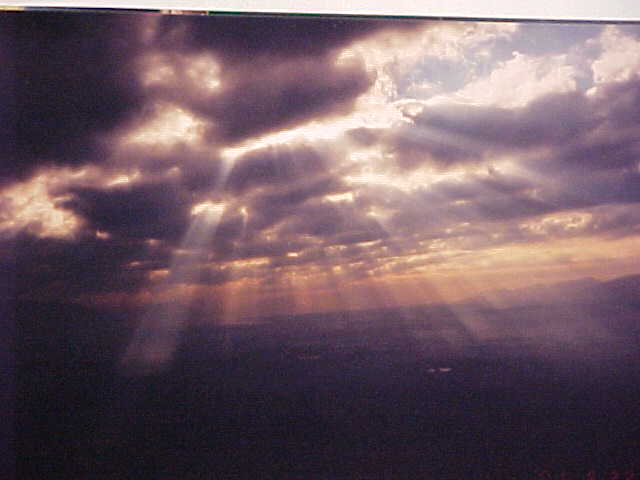 Since I wasn't going to see much on my own,
I arranged a fantastic tour of the area with
Walk Tours
that included a nice dinner,
a show called "African Footsteps,"
and a morning ride in a
hot air balloon.
We waited in the cool dawn while the pilots were
inflating their balloons
and then we
took off.
Since I wasn't going to see much on my own,
I arranged a fantastic tour of the area with
Walk Tours
that included a nice dinner,
a show called "African Footsteps,"
and a morning ride in a
hot air balloon.
We waited in the cool dawn while the pilots were
inflating their balloons
and then we
took off.
The rays of the sun were glorious over the South African landscape. Nick was our balloon pilot for the morning and we flew along with three other balloons. As we landed, we could see our shadow. We were then treated to a wonderful breakfast. My tour continued with the Lesedi Cultural Village where South African tribal people live and act out their tribal customs. In contrast to other tourist show native habitat exhibits, Lesedi has their people actually live there and follow many of the customs including dancing, crafts, and more dancing.
My trip ended back home in Atlanta where I could see the
Atlanta skyline
and
Stone Mountain
off in the distance.
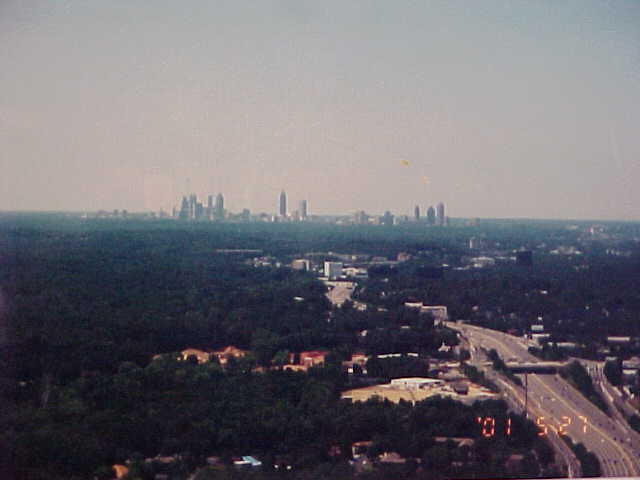 After a very long flight home,
I enjoyed my walk to work over the
highway
to the
Ravinia
office
tower
where I work.
Our building has its own
waterfall,
which is quite nice but a long way from
the Victoria Falls
I saw a few days earlier.
After a very long flight home,
I enjoyed my walk to work over the
highway
to the
Ravinia
office
tower
where I work.
Our building has its own
waterfall,
which is quite nice but a long way from
the Victoria Falls
I saw a few days earlier.
Two of the people I met in researching my trip were Rob McDonald and his wife Maggie. Rob is from Birmingham, Alabama, and he worked in Lusaka where he met Maggie. I went to visit them in Birmingham while Maggie's neice Josephine was still staying with them.
All in all,
this was a most satisfying trip and I hope my
meager efforts at HyperText Markup Language (HTML)
have allowed me to share some of my trip with you.
|
23:42:47 Mountain Standard Time (MST). 17186 visits to this web page. |